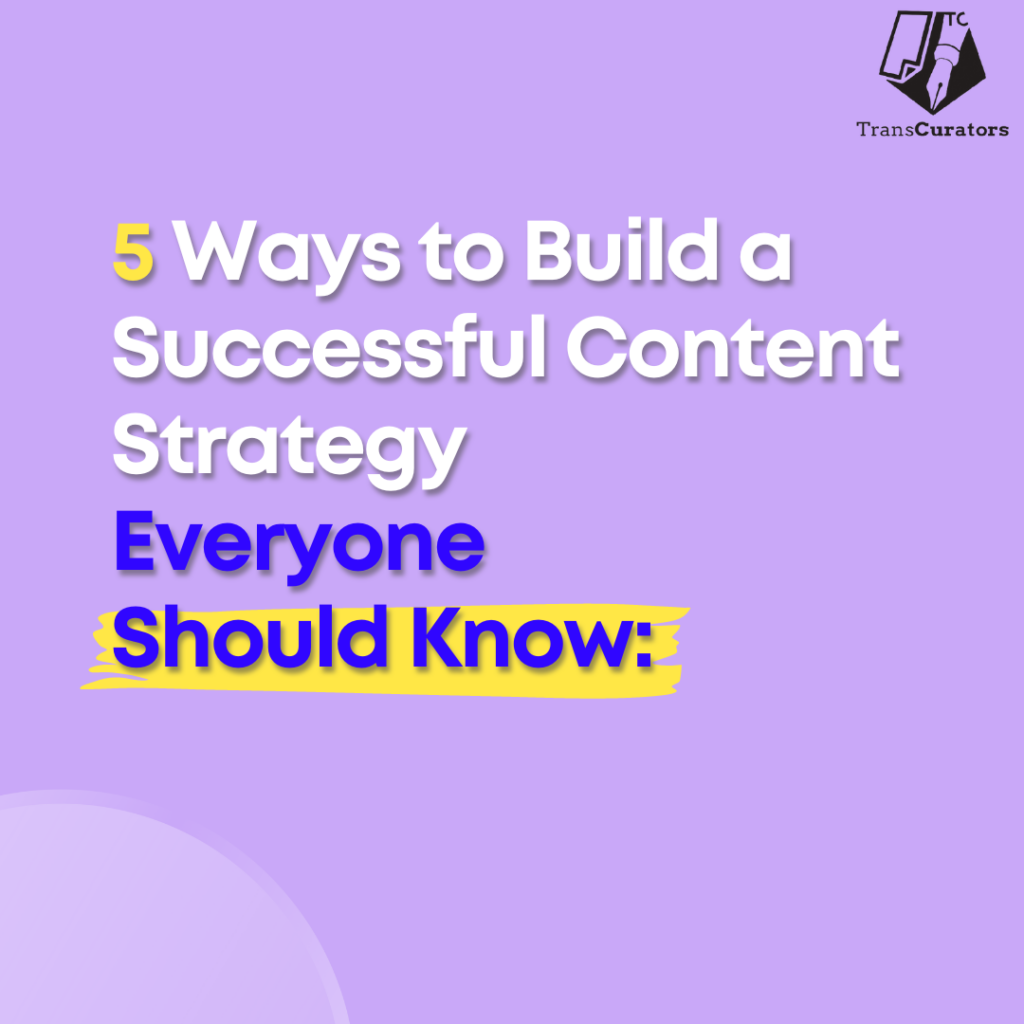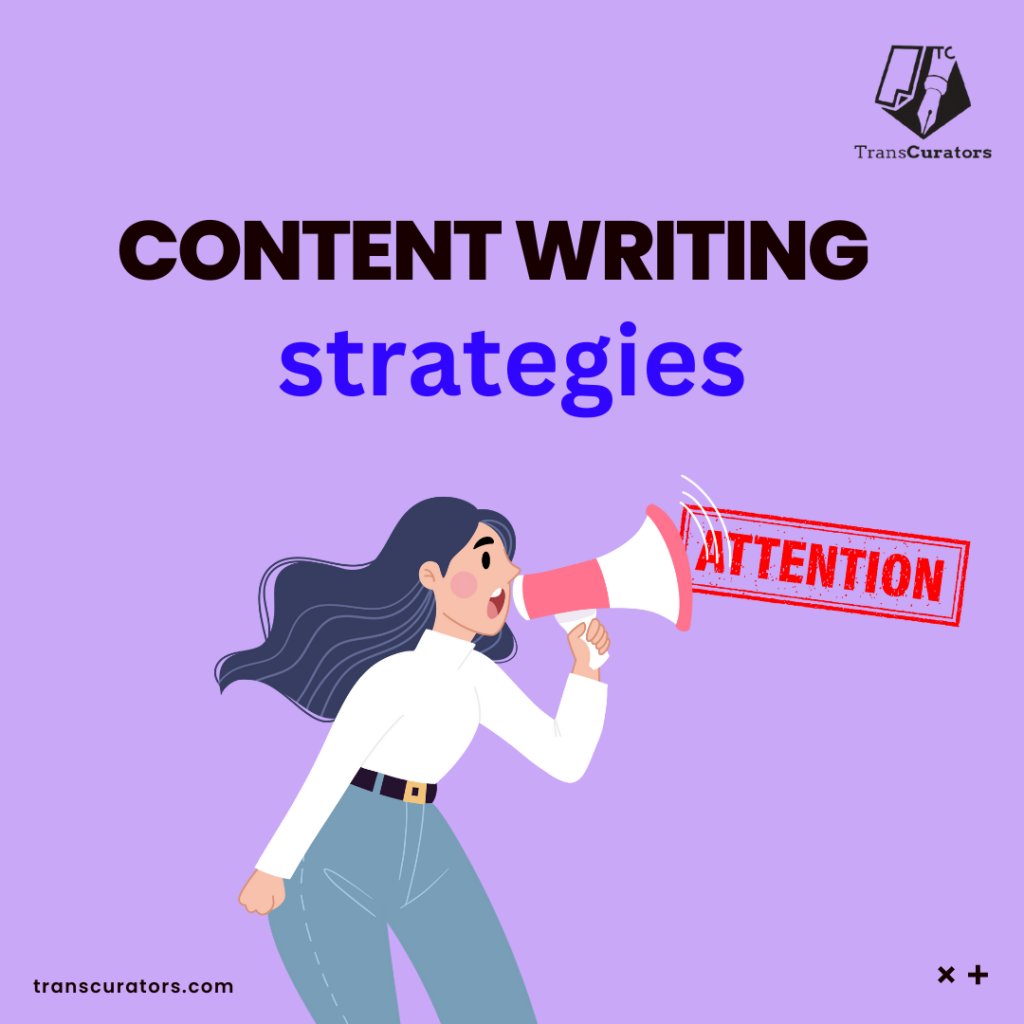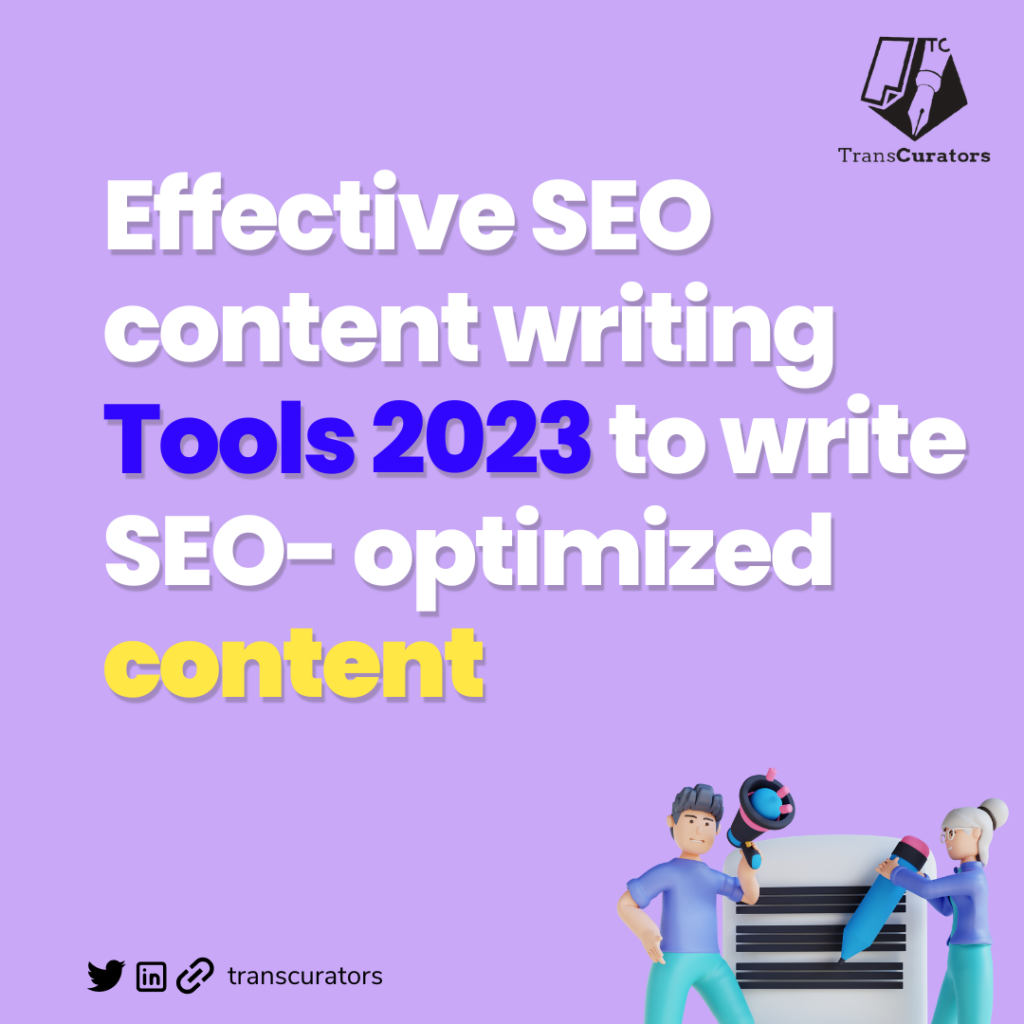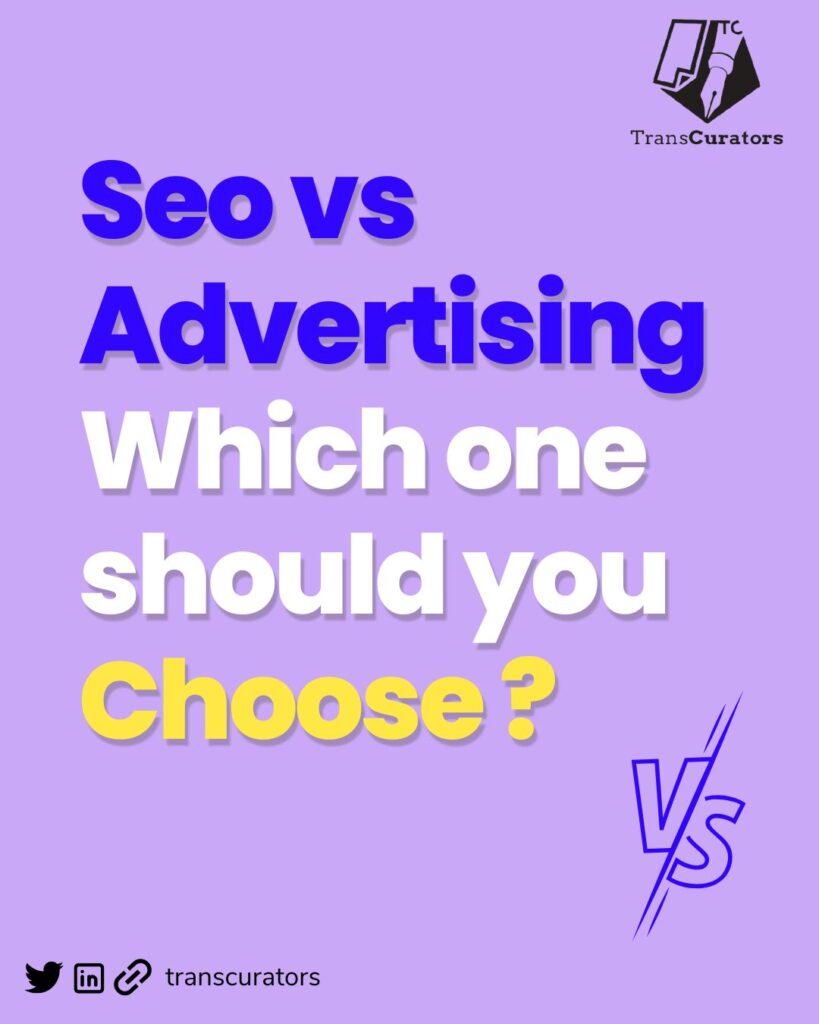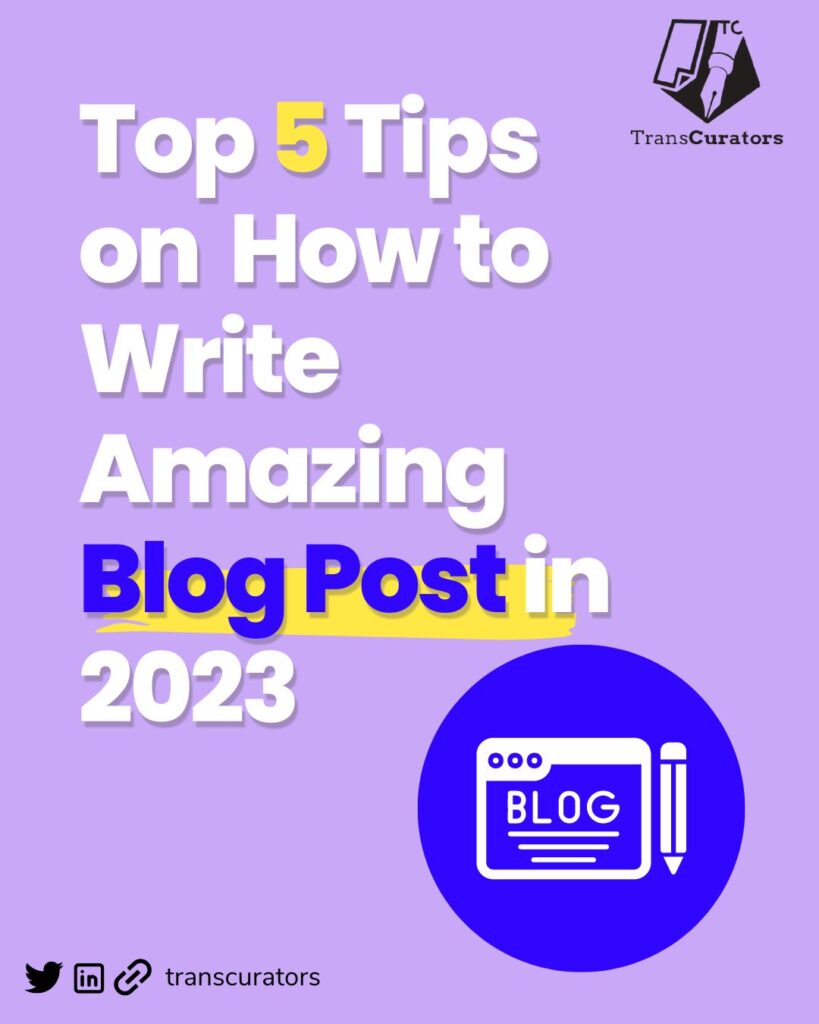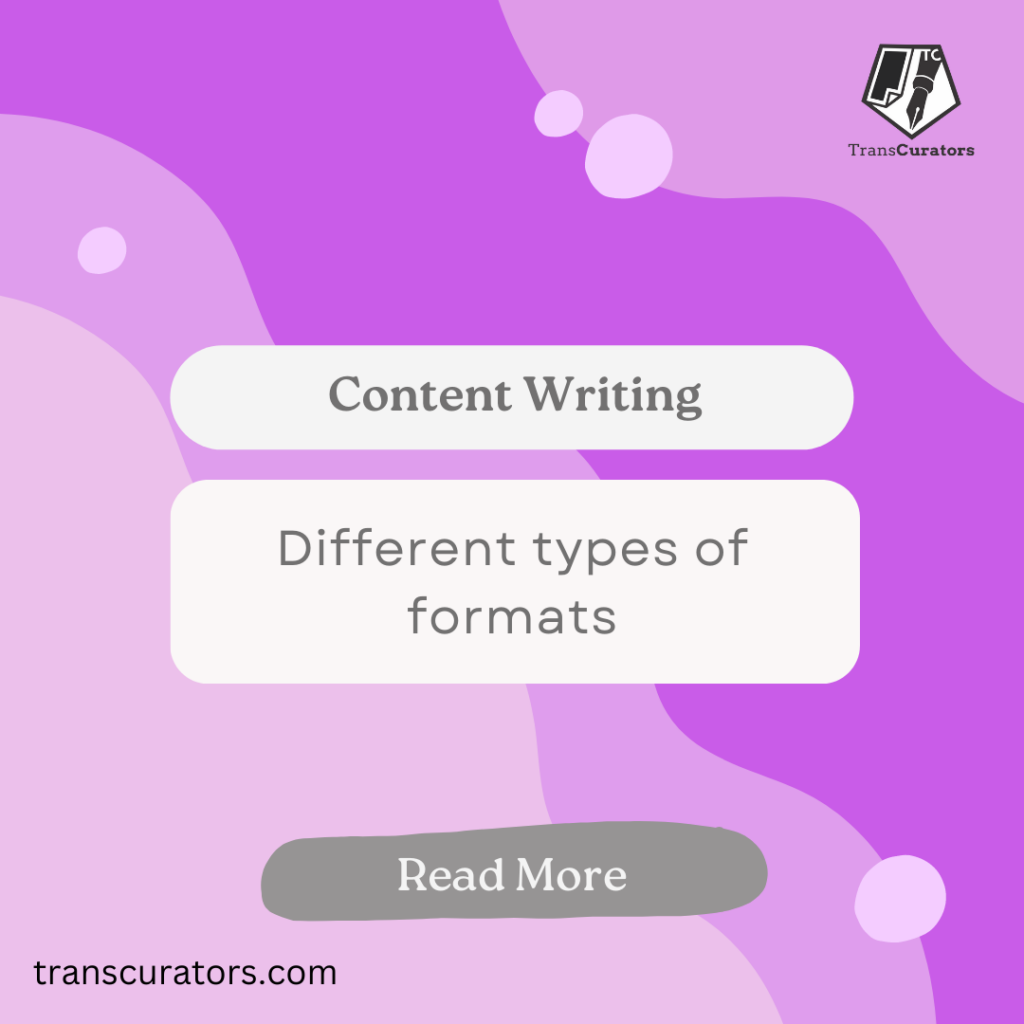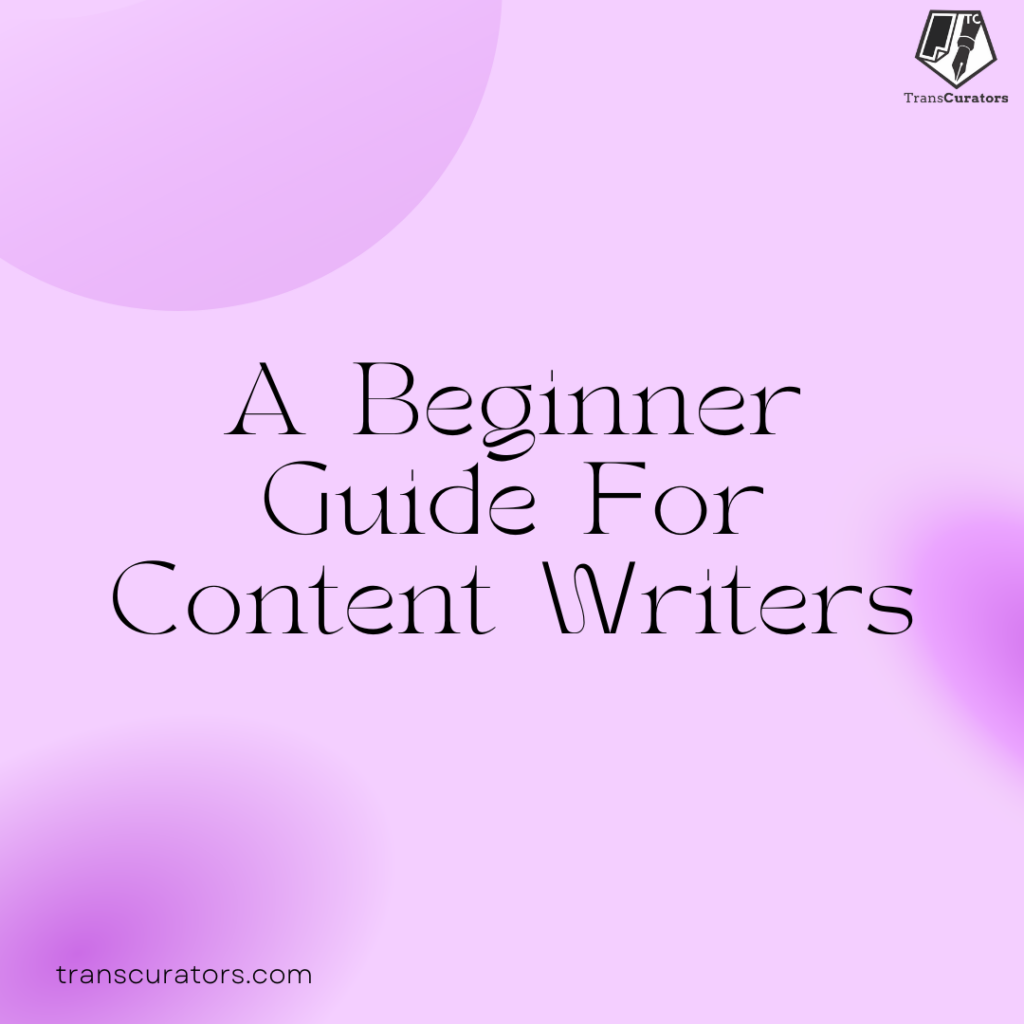Best Ways To Write Effective Headlines And Titles That Grab Readers’ Attention
Introduction Have you spent hours researching, writing, and editing your blog article? But don’t get any notice. You’ve poured your heart and soul into it. You’ve made it SEO-friendly and packed with value. But there’s one thing missing: a catchy headline that grabs readers’ attention and makes them want to click. Why is the headline so important? Because it’s the first thing people see when they encounter your blog article. It’s the gateway to your content. It’s the hook that reels them in. And it can make or break your blog’s success. But how do you write a blog headline that stands out from the crowd? How do you craft a blog title that sparks curiosity, conveys benefits, and triggers emotions? How do you write a killer headline that converts? That’s what you’ll learn in this article. You’ll discover the best ways to write effective headlines and titles for your blog articles. You’ll learn how to use proven formulas, power words, and psychological triggers to create headlines that get clicks. And you’ll see examples of how to apply these techniques to your blog topics. So if you want to master the art of writing SEO-friendly blog article headlines that attract and engage your audience, read on; this article will show you how. 7 Proven Ways to Make Catchy Headlines 1.Be specific and concise Make your title short, specific, and search-optimised. Long titles don’t grab readers. Use 50-60 characters max. Give just enough detail to interest readers without giving it all away. Use keywords that match your topic and message. Relevant keyword phrases in your title signal value to search engines, helping surface your article in searches. Think of keywords your readers would type.Then, squeeze 1-2 keywords into a short, simple title. Sum up the key takeaway compellingly in your SEO-friendly blog article. A striking title positions you to rank for the searches driving your traffic and snagging curious readers. 2. Make it urgent Injecting a sense of urgency into your SEO-friendly blog article is a proven way to trigger readers’ emotions and prompt them to act. Use words that convey a need for action “now” to catch attention and motivate clicking. Opt for verbs with present tense like “Discover”, “Act”, “Read” rather than past tense words. The present moment framing implies there is relevance right “now” for the reader. Select time-sensitive adverbs like “Finally”, “At Last”, “Just” which signal this information is what the reader has been waiting for. Word choices that imply the timing is “right now” can be very persuasive. Consider imperative verbs that demand a response like “Learn”, “Watch”, “See” to impart a feeling of importance and promptness that pulls readers in. Together, these urgency cues in your title tap into human emotions of FOMO (fear of missing out) and impatience to generate a stronger response. Readers will feel compelled to open what you have to share “right now” rather than later. 3. Highlight benefits, not features. A benefit-driven title is a key concept of how to write good titles for articles. It highlights how your content will help readers achieve goals, solve problems or improve life will grab more attention than one that simply describes features. So ask yourself: what specific benefit, value or proper resolution will readers gain? Determine the key benefit your article delivers and then craft a title around communicating the result in a few words. Use verbs and wording that express the positive outcome readers will experience like “Learn how to…”, “Discover the secrets to…” and “Get rid of…” instead of neutral descriptors. Tap into human desires for improvement, ease and success to create a compelling “promise” in your title. Consider keyword-rich benefit statements with phrases like: “Top [Number] Ways To [Benefit]” “[Benefit] Without [Obstacle]” “Finally, [Benefit] That Really Works” Then drop in 1-2 of the most critical and relevant keywords you uncovered related to the key benefit readers gain from your content. 4. Use active verbs Powerful active verbs convey action, urgency and visual imagery that grips readers. Choose verbs that: Describe physical actions readers can visualize Imply movement, change and progress Carry impact with a subtle “punch.” Start your title with the strongest verb for maximum effect. Avoid weak, passive verbs like “is,” “are”, and “was” that lack pop. Test different active verbs to see which generates the most engagement. The right verb can significantly boost clicks and time on the page. With so much competition, active verbs may propel your title from ordinary to attention-grabbing. Frontload your most powerful verb for an instant hook. Command notice with verbs that convey snap, crackle and pop! Active verbs are the life of a great title. 5. Be promising, not truthful. A good SEO-friendly blog article title makes a powerful, attractive promise to readers – even if you can’t fulfill it 100%. The goal is to interest readers enough to click through. So capture attention by making bold, attention-grabbing statements that border on exaggeration. Phrases like: “The Absolute Best…” “What No One Ever Told You…” “Finally Revealed…” Trigger readers’ curiosity while retaining just enough credibility to prompt clicking through. Avoid flat-out deceit that readers will likely catch. A balance of: Relevance: Your claim aligns broadly with what you deliver. Credibility: You avoid sensationalist hype that few would believe. Intrigue: Your title promise still greatly oversells to maximise interest. Strikes the right tone of irresistible promise that entices readers without losing all credibility upon reading. Harness the power of temptation in your SEO-friendly blog article title. Push the limits of believability – just not over the edge. Outsized promises, delivered reasonably, hook readers like nothing else. 6. Ask questions Pose an intriguing open-ended question in your title to spark readers’ curiosity and prompt them to find the answer within your content. Question formulas like: “What is the [topic]?” “How to [action verb] [subject]?” “Why [statement]?” Employ: Brief, simple wording A gap in readers’ knowledge that your content can fill An angle of genuine interest and benefit Avoid: Convoluted phrasing Trivial questions Answering the question


